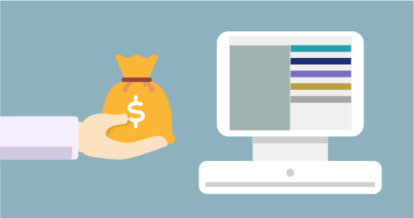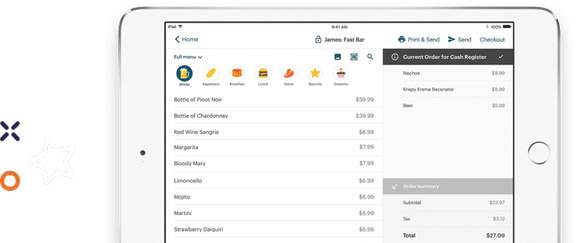In Barry Shwartz’s TED talk, “The Paradox of Choice”, he speaks about how we, as consumers in the digital age, assume that more choice makes us freer.
Choice is good, right?
Wrong. Just go down the mustard aisle at the grocery store and feel the power of choice to overwhelm. Whole grain, or dijon? Horseradish or chili-infused? Heinz or President’s Choice? Whatever happened to just plain ol’ yellow?
Complicating this matter, Schwartz concludes that more choice doesn’t make us freer, nor does decision making become easier. It actually makes us more boxed in, more anxious. Why? Because we become paralyzed by the sheer amount of options. Schwartz says that when we finally overcome this paralysis and look at all our options, this thing called, “opportunity cost” occurs. This is when you “imagine the attractive features of alternatives that you reject.” In turn, you become less satisfied with your choice. So even if you’ve researched the thing to death, you’ll always be plagued by a nagging anxiety that you could have gotten a better deal or a more robust solution. This is the vicious treadmill on which the modern day restaurateur runs.
The problem is, unlike mustard, your POS choice profoundly affects the way your business runs, so choosing a POS is a delicate task. To make things easier for you when you’re on the hunt for the perfect POS, we’ve compiled a list of not-to-dos, so you can worry less and feel more confident about your POS choice.
1. DON’T Get Locked In
Long-term contracts and hardware: two big red, inflexible, flags. Years ago, proprietary POS hardware was the way to go. POS companies would install computer modules throughout a restaurant. These old archaic systems were slow, often caused line-ups, delays and, of course, frustrations amongst staff. Beyond the operational problems of traditional POS hardware, once installed, you were locked in to your provider. It’s much harder to change systems when you’ve invested a lot of money in hardware that can’t be repurposed.
Then there’s the ol’ haul long contract, where software POS suppliers will try to rope you into their product for years on end. Also not a desirable option.
Here’s what you should DO: look at software apps that can be installed on tablets and purchased on a month-to-month basis. Tablets, like an iPad, can always be repurposed in the future if you scale down, and more tablets can be easily acquired if you scale up. Speaking of scaling…
2. DON’T Get a Solution that Doesn’t Scale
A new condo development just opened up next door. Maybe you were chosen to be featured on the Food Network. There are some factors that can cause spur-of-the-moment growth so no matter what POS system you choose, make sure your investment can account for variable growth. Future-proof your company by choosing a solution that offers different, scalable packages that can adjust to your growth rate – and fast. Some POS systems scale based on the number of iPads you use. Adjusting to growth can be as easy as buying a new iPad and downloading the POS app. Bada bing. Bada boom. No waits at a computer. No line-ups for billing. No lag when you adapt your operations to your sales and staffing needs.
3. DON’T go on Price Alone
The old adage, “you get what you pay for” applies even here. It goes without saying, but we’ll say it anyway: a POS system is not something you want to cheap out on. Take time to learn about the features your POS offers. Read reviews. Ask for client testimonials. Your POS is the central system of your business. Without it, the body ceases to function. If it’s too good to be true, it probably is.
4. DON’T Get Distracted from Your Needs
“Can the POS split bills?” You ask.
“Look at this shiny new inventory tracker, made of diamonds!” They say.
Don’t get distracted by the bells and whistles. What is it you want? Probably topping your list is: table management, robust reporting, and a seamless billing experience. An intuitive user experience is non-negotiable. A sleek, attractive design is bonus. Use the KISS principle; stick with the essentials and the companies that do those best. Redundant features, like a down-to-the-ingredient inventory tracker, might look good in theory, but the reality is, it requires a full time person to manage this minute tracking and opens up a whole can of worms for management.
5. DON’T Ignore the Fine Print
If you’ve got a question, will someone be there to take your call? And if they are, is there a charge for that? Is customer support 24/7 or only during regular business hours? What about new versions of the software? Will your POS update seamlessly on the iPad with the click of a button, or will you be required to pay to install the latest version?
Always read the fine print. You’re buying a POS – it should include the support you need to keep your POS functioning at top speed and functionality. Look for hidden fees like charges for support calls and updates. The best solutions anticipate changes in technology, the market, your needs, and your systems. And they make the changes to get you what you need, no additional fees required.






